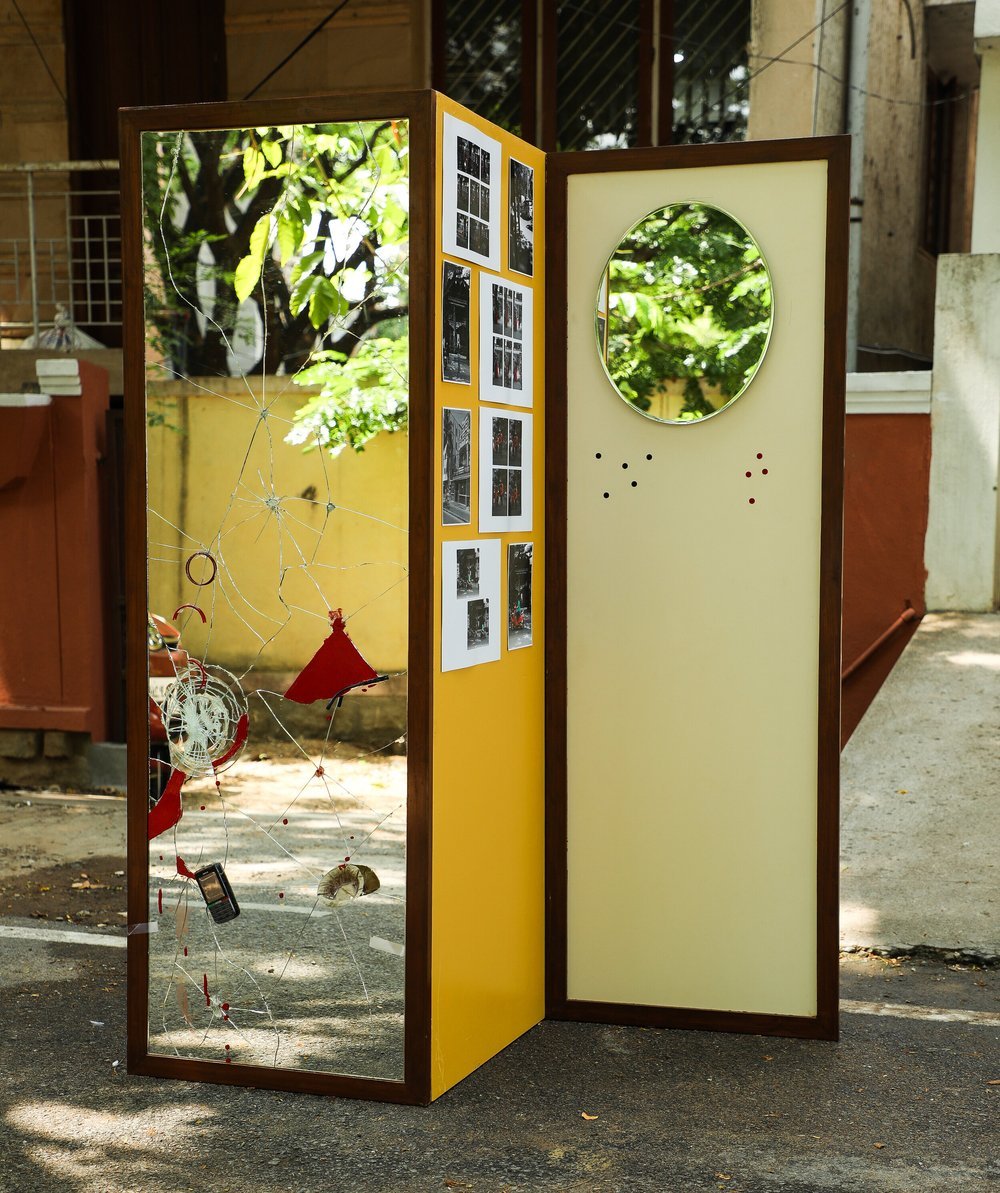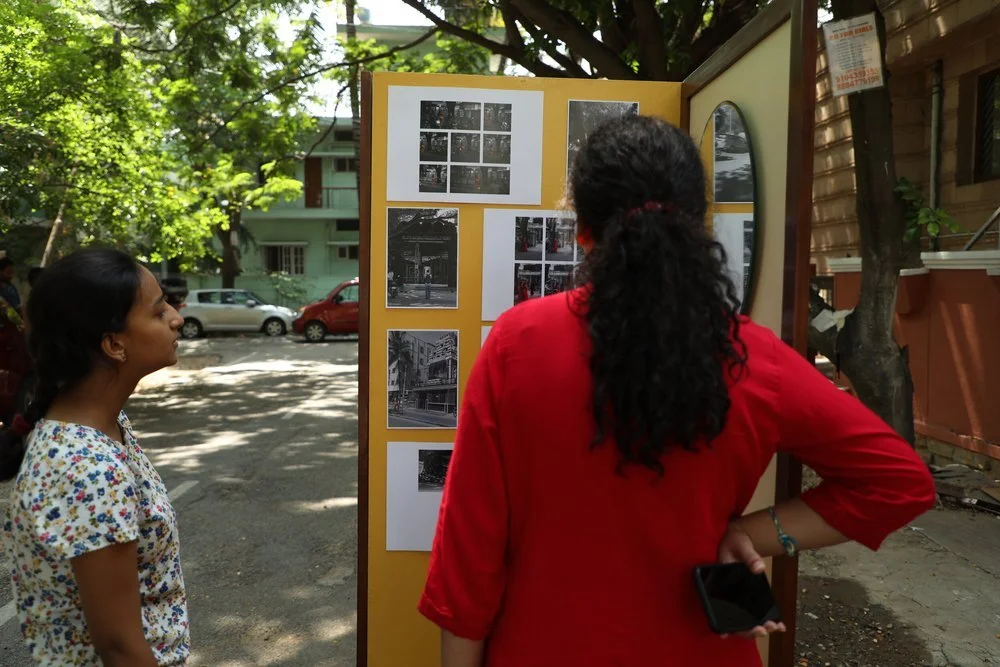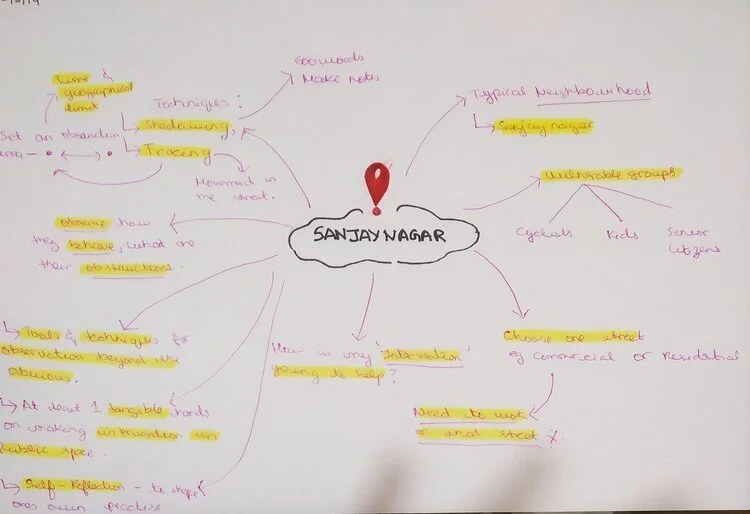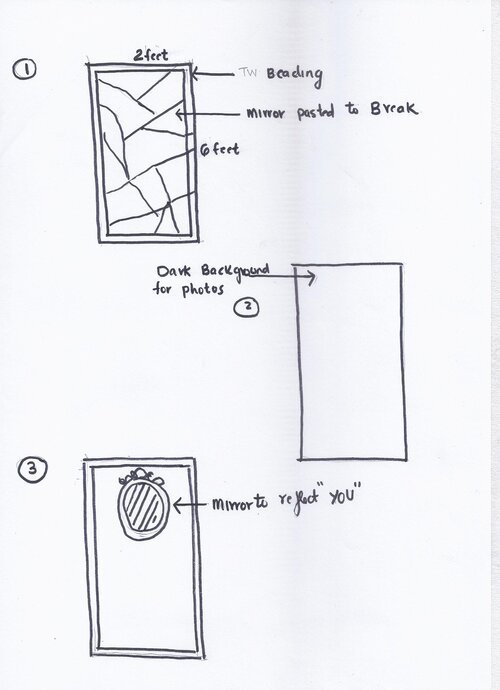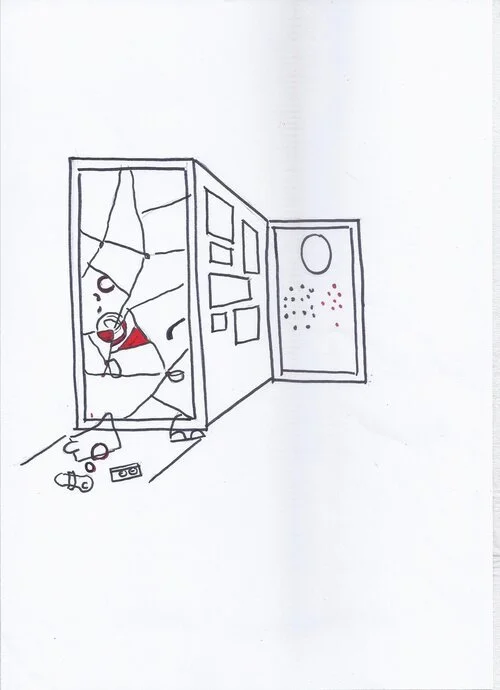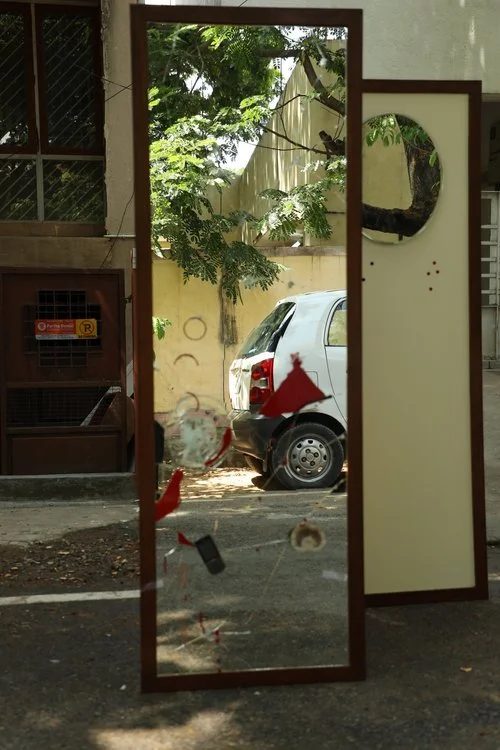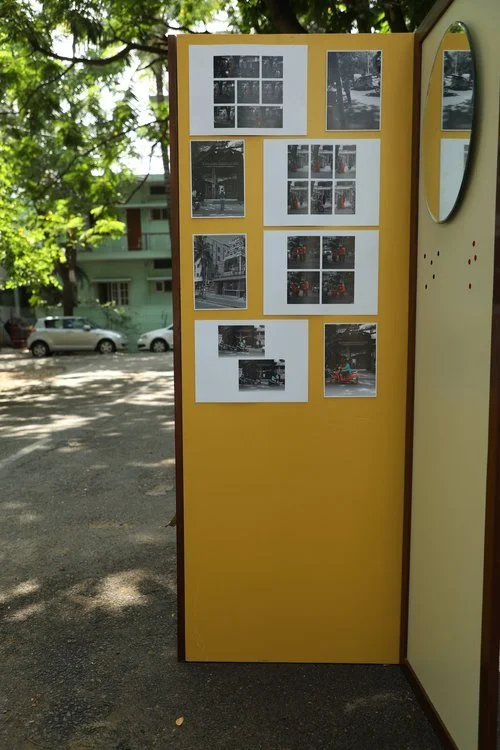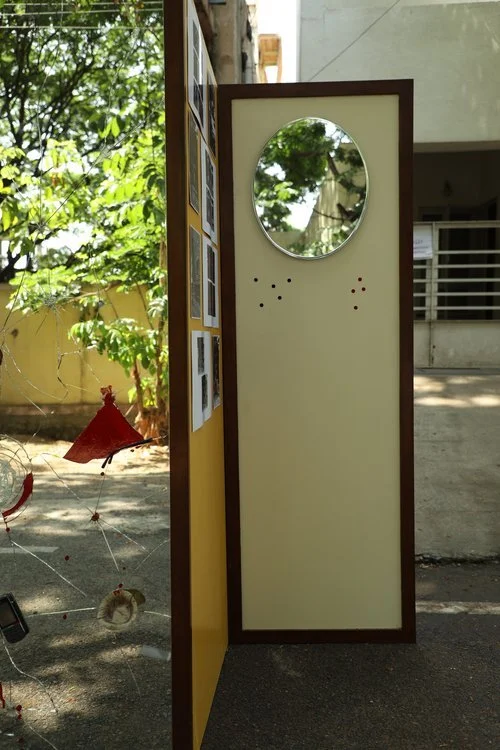
People of God
An interactive installation highlighting dangers of praying on busy streets in India.
Year
2019
Project
Post Graduate Diploma in HCD- Thesis
Project Overview
Streets should accommodate diverse functions, not just be dominated by cars. My project focuses on sacred spaces, specifically temples, which provide areas for worship and reflection, much like public art. During visits to temples, I observed that senior citizens praying outside on the streets are particularly vulnerable.
This project aims to find suitable interventions for this overlooked group, considering India's cultural and religious practices. The objective is to remind viewers of the value of a single life and evoke a sense of personal responsibility. While not directly solving the problem of accidents, the project encourages self-reflection and accountability for one's actions.
This project explores how Human-Centered Design thinking can enhance public spaces or city's open spaces to better serve the needs of all users. People of God is an interactive public installation and awareness campaign addressing the life-threatening situations people face while praying on the streets in India.
The Installation in detail…
-
The first panel presents a stark depiction of an accident scene with shattered glass symbolizing a fragmented, irretrievable life. It uses a mirror to prompt viewers to reflect on their own actions, illustrating the potential consequences of unsafe behavior while praying on the streets and emphasizing the value of life.
-
The second panel illustrates the circumstances leading to preventable accidents through a photographic journey, capturing real-time situations of people praying on or near the road.
-
The final panel highlights personal responsibility and the value of life. It uses a mirror that reflects viewers own self, reminding them that they are responsible for their actions and that every life is valuable. I used black and red bindis, traditionally worn on the forehead in India, as symbols to represent two scenarios: black for those who have witnessed or been affected by the dangers of praying on the streets, and red for those who have engaged in such risky behavior. These bindis were used to collect live data during user testing and the final presentation.
-
Designed personalised bookmarks with users' names to emphasize the importance of safety while praying, creating a memorable and meaningful reminder.
Research & Methodology
This project involved exploring global work in related areas and conducting methods such as photo walks, site selection, tracing and shadowing, and identifying vulnerable groups. Key research tools included SWOT analysis, affinity mapping, organised observations, and interviews to generate concept ideas. Prototyping and sketching further refined the designs.
At the Global Level
Explored sustainable urban design through tactical urbanism and art installations.
Studied examples like Baadal Nanjundaswamy's work, Kochi Biennale, and MAP Project Space.
Reviewed statistics from the World Health Organisation, India, Johannesburg and Dubai.
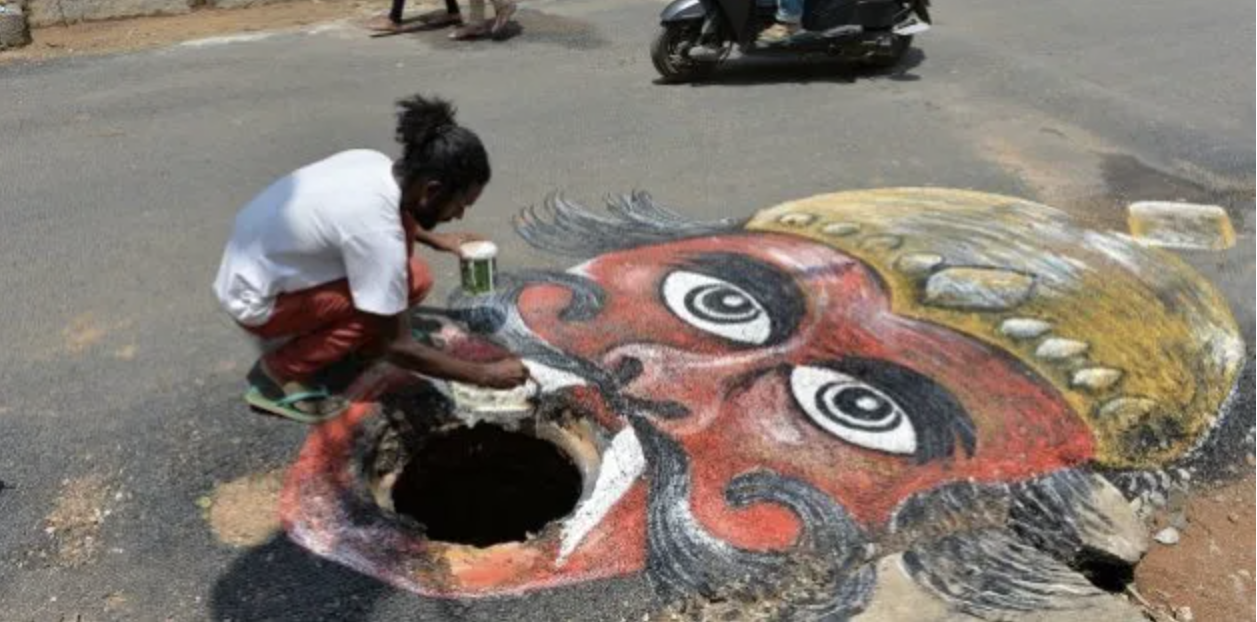
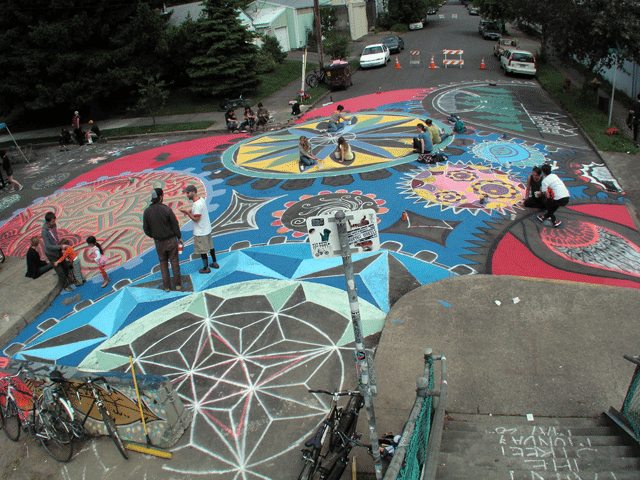

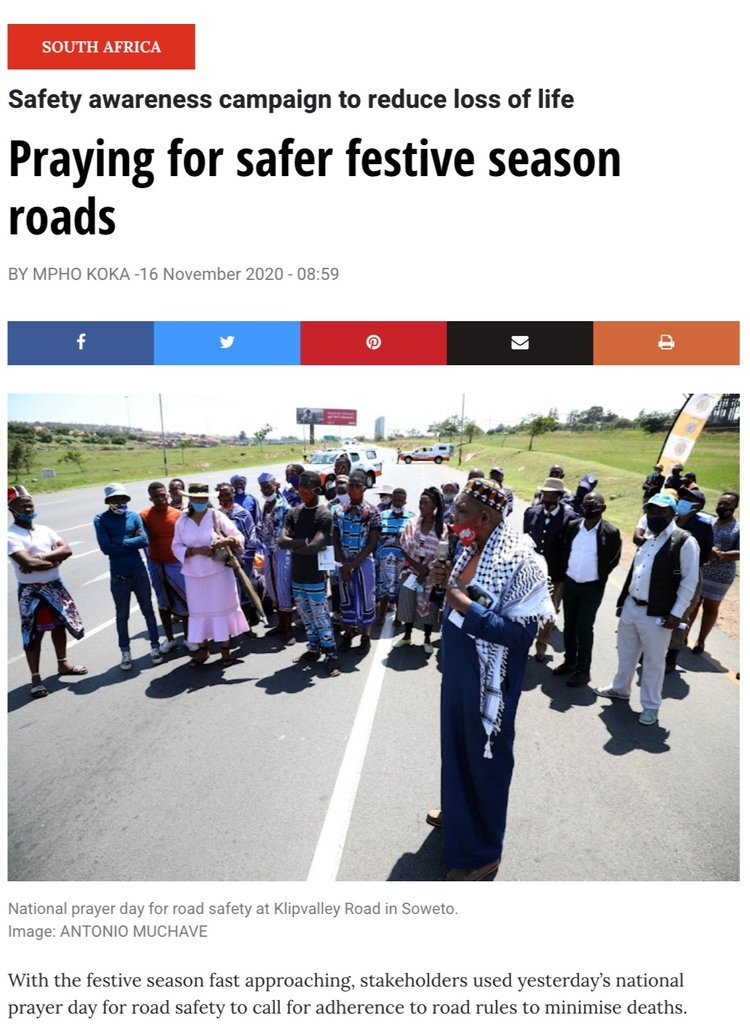
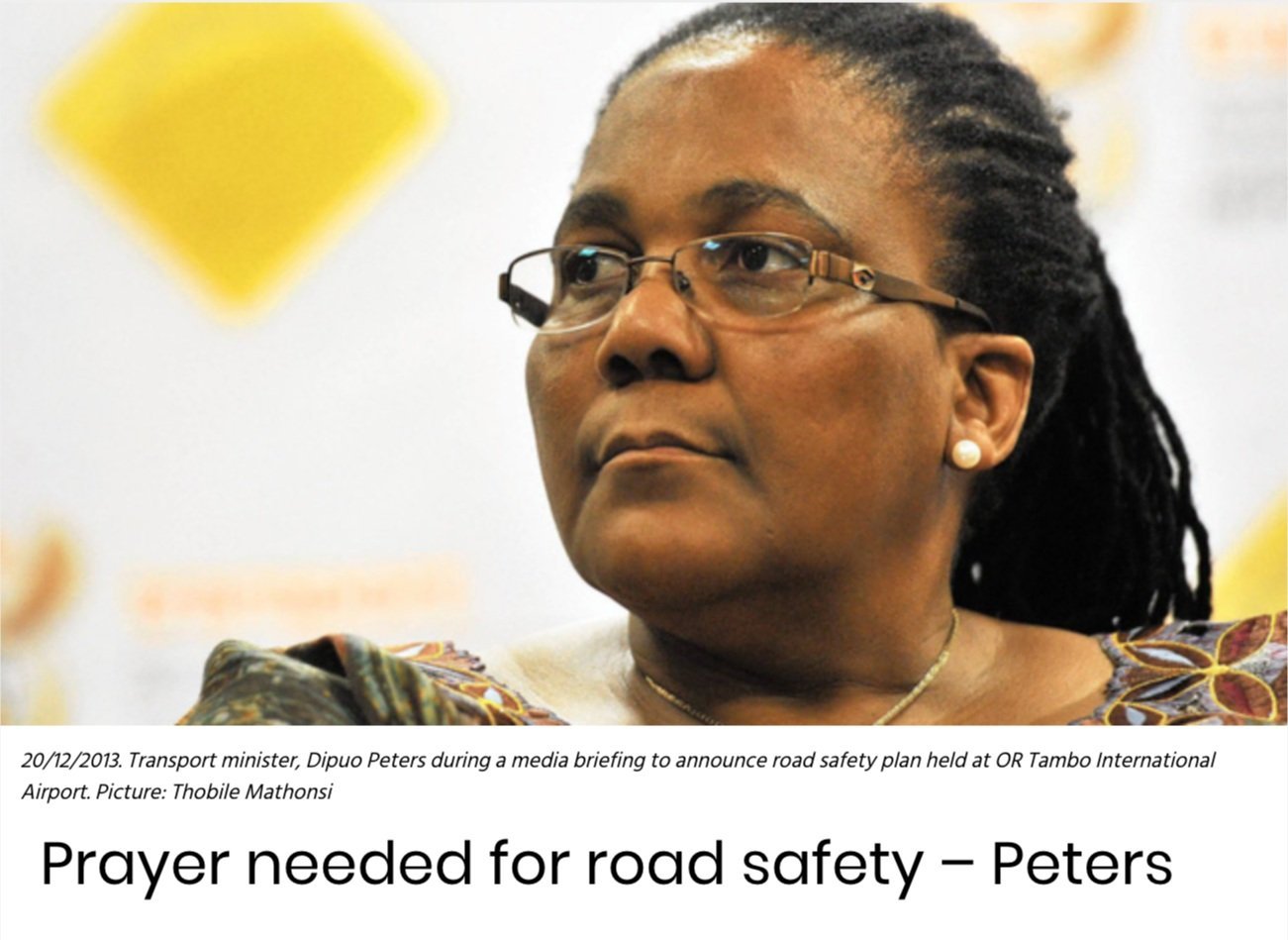
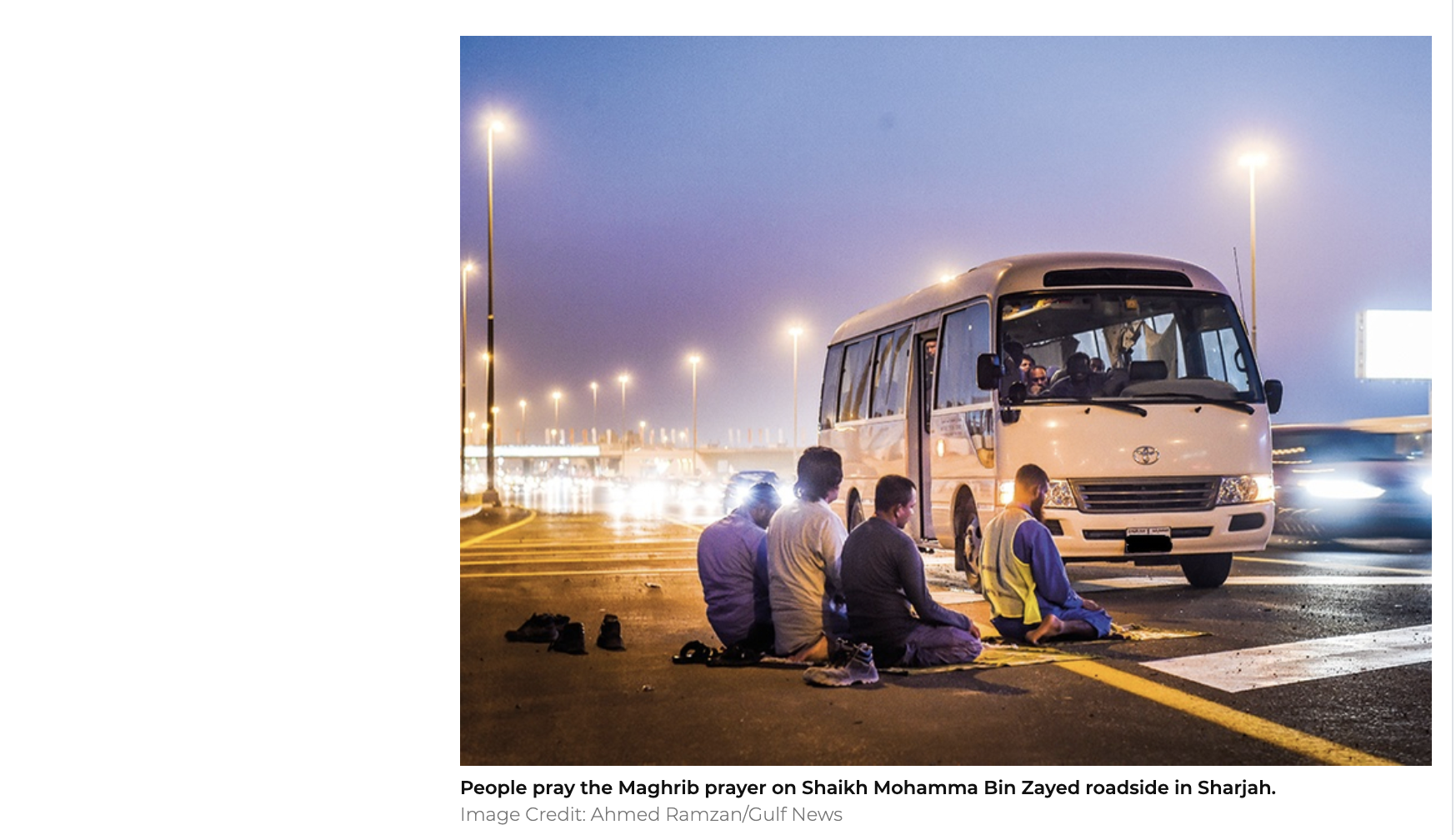

Photo Walks
Conducted observations in Sanjaynagar, Bangalore, capturing patterns and activities around temples.
Selection of Site
Focused on the area around Sri Radhakrishna Temple, a busy street with significant foot traffic and street vendors.
Tracing & Shadowing
Observed and documented the movements and behaviours of individuals praying outside the temple.
Identifying Vulnerable Group
Targeted senior citizens praying on the streets, identifying them as a vulnerable group due to the dangers they face.
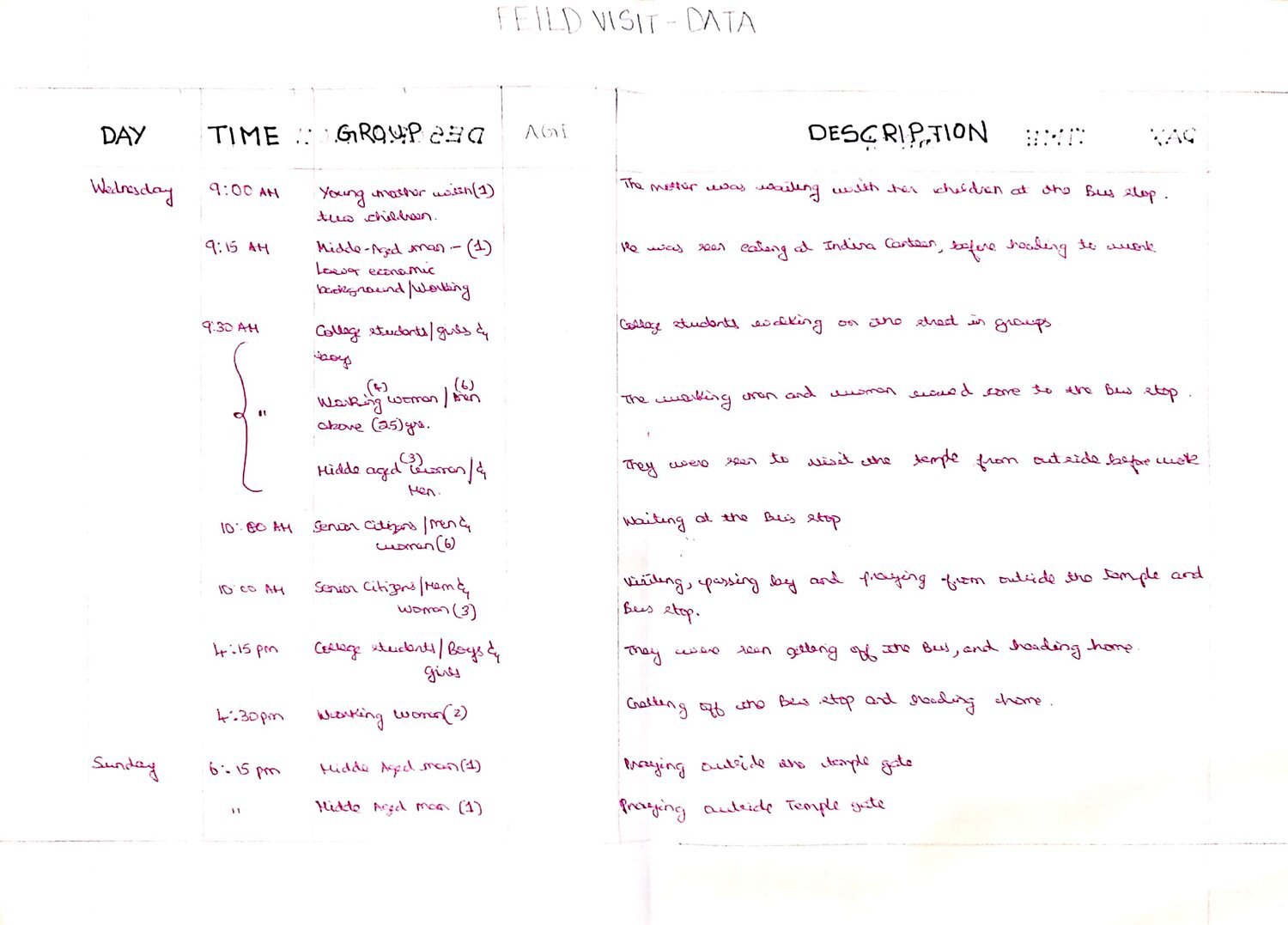




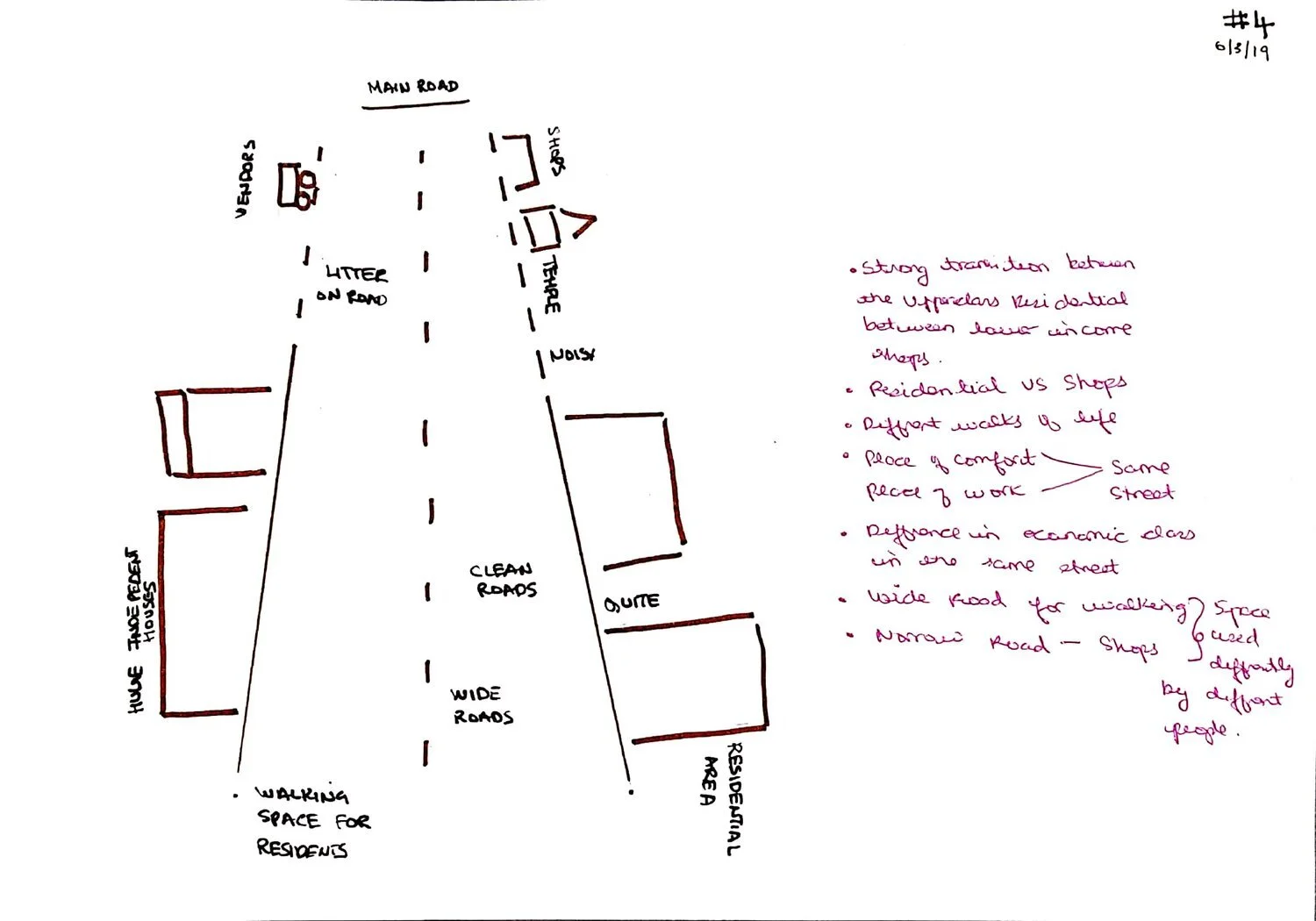

SWOT Analysis
Conducted SWOT analysis to identify strengths, weaknesses, opportunities, and threats in the selected area.
Affinity Mapping
Organised observations and interviews to develop concept ideas.



Prototyping & Sketching

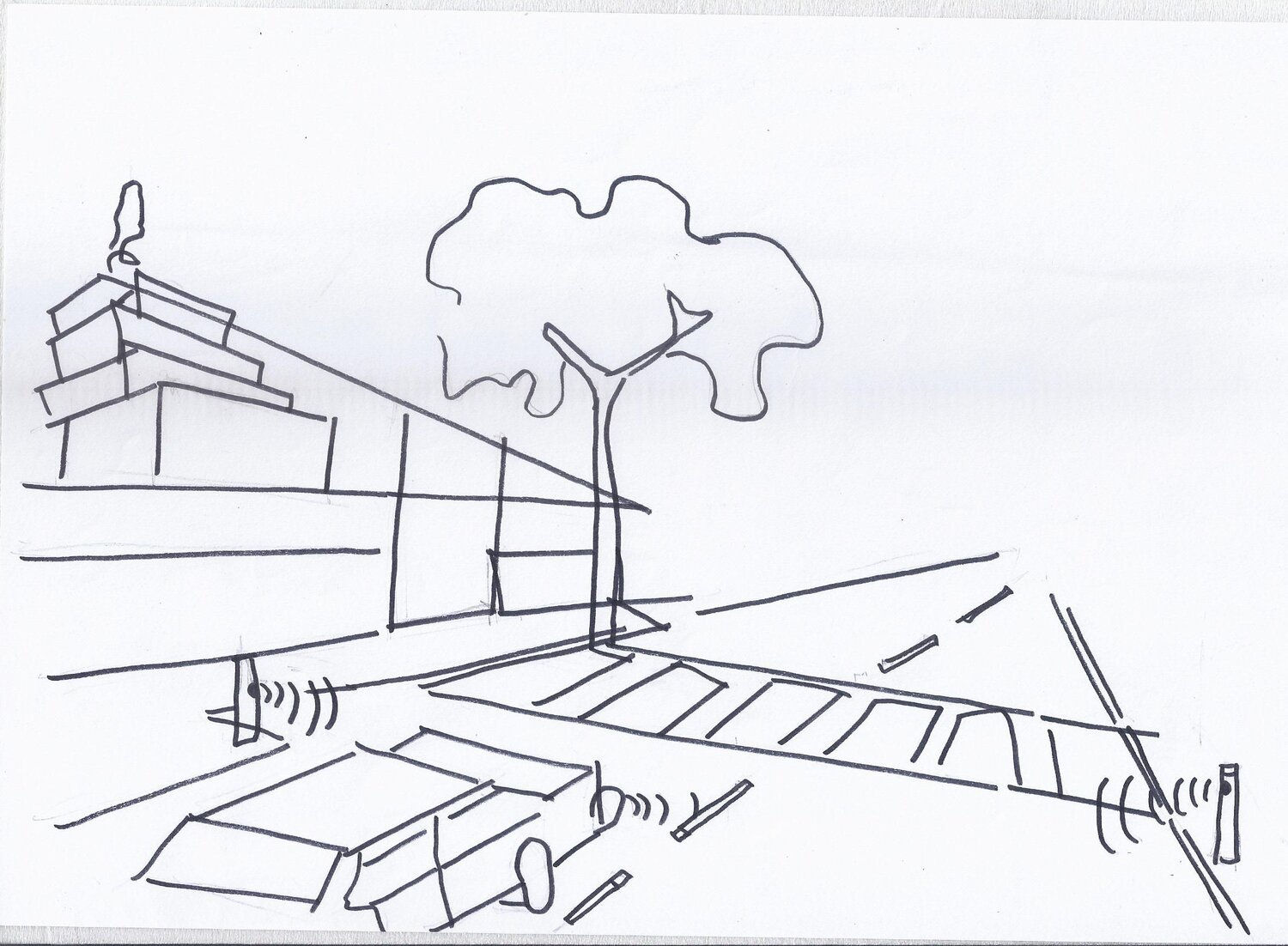


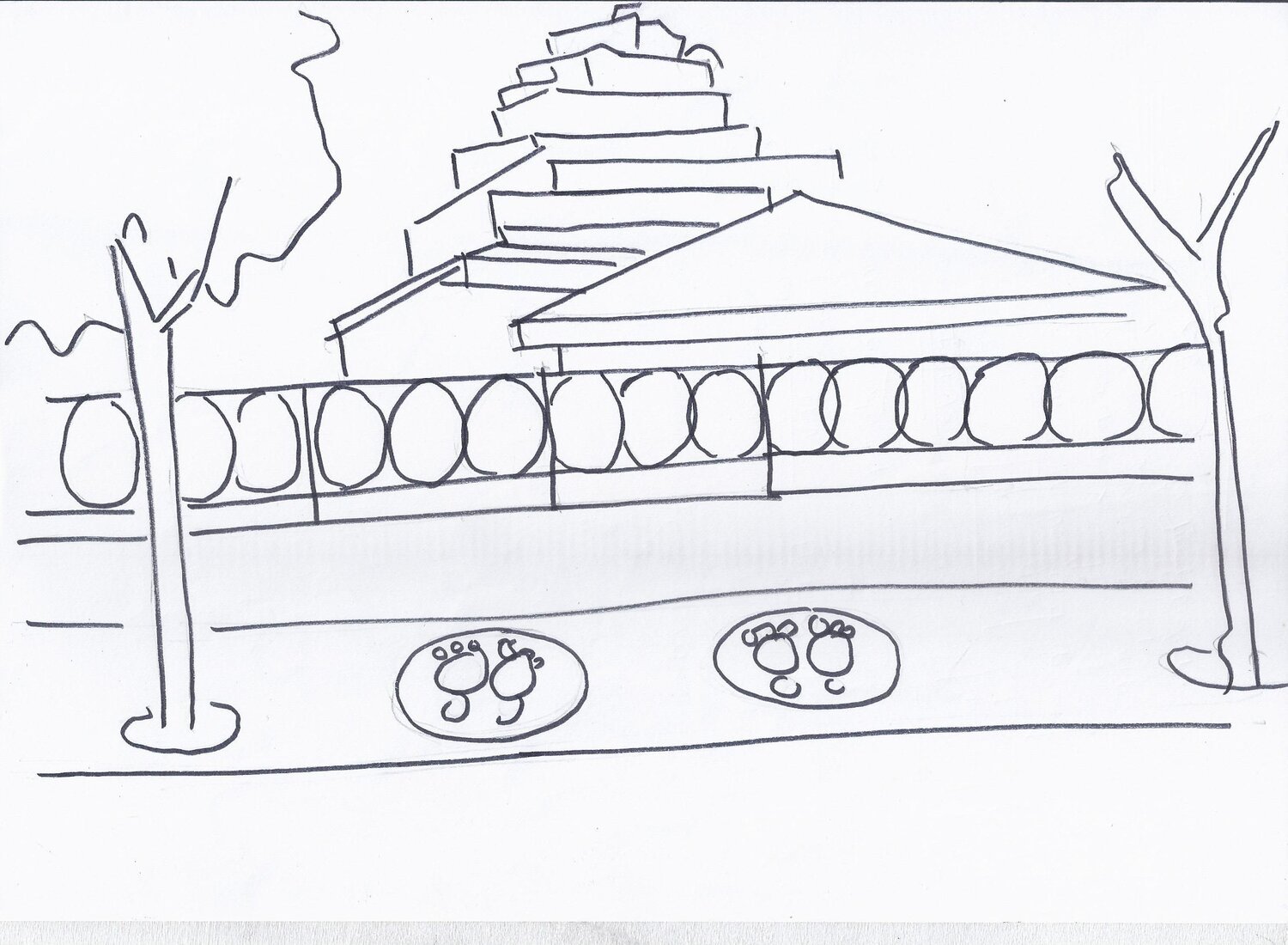

The Final Outcome
The final output is an awareness campaign encouraging street prayers to self-reflect on their actions by highlighting the value of every single life.
